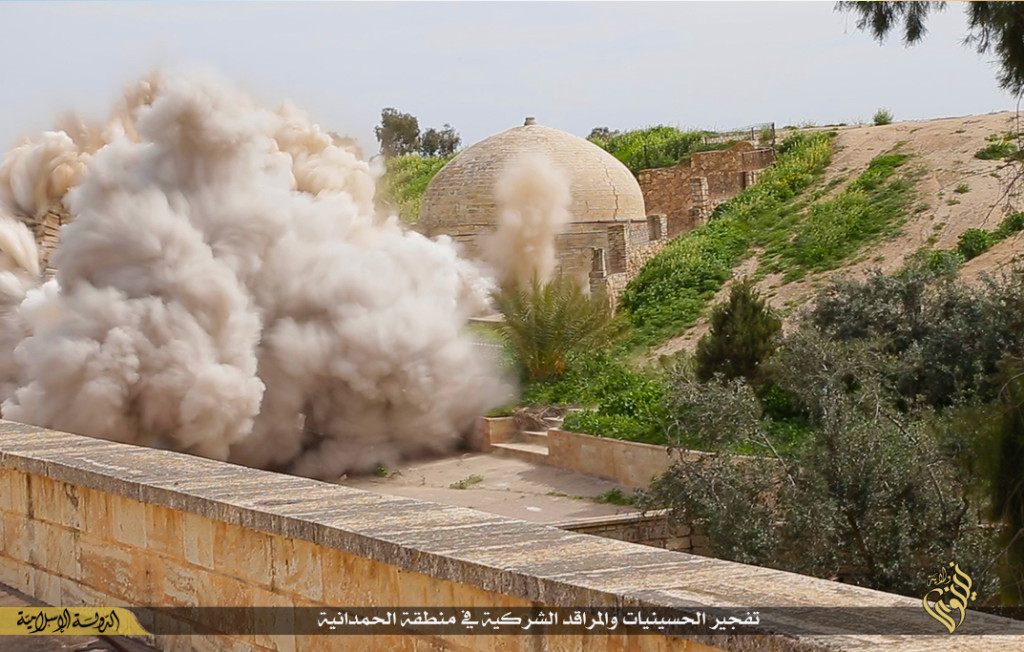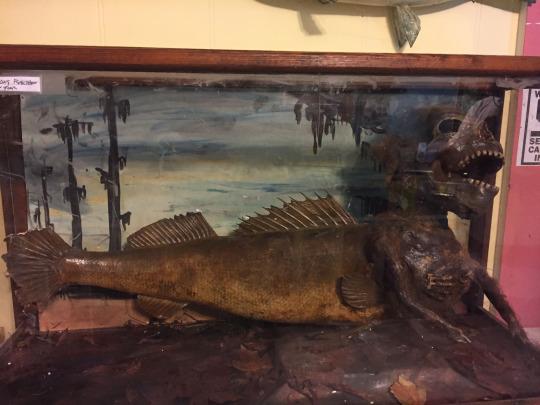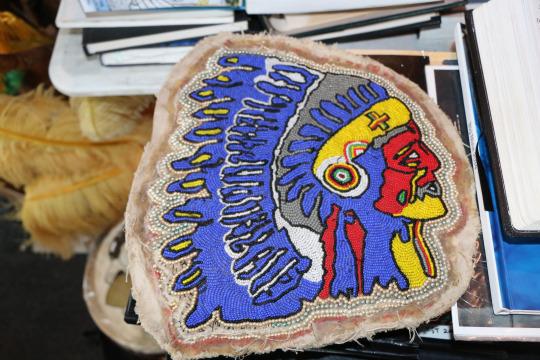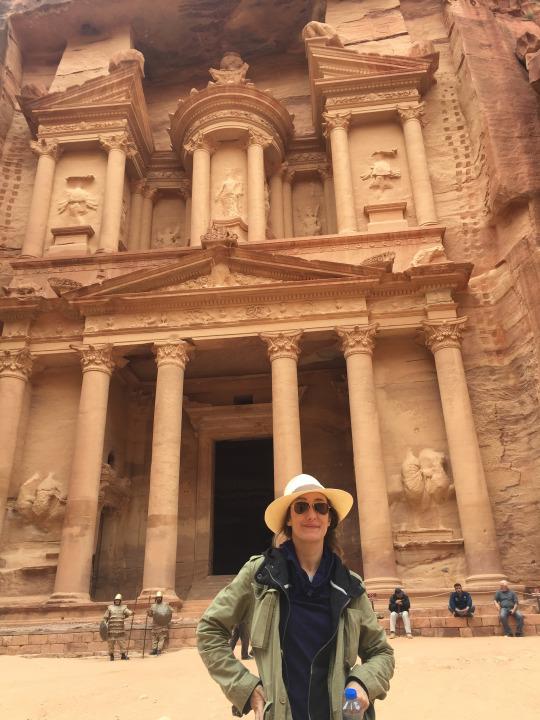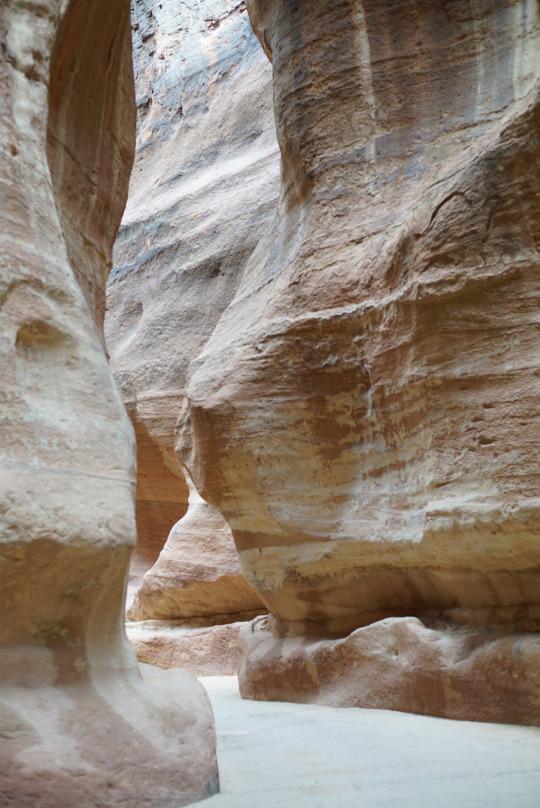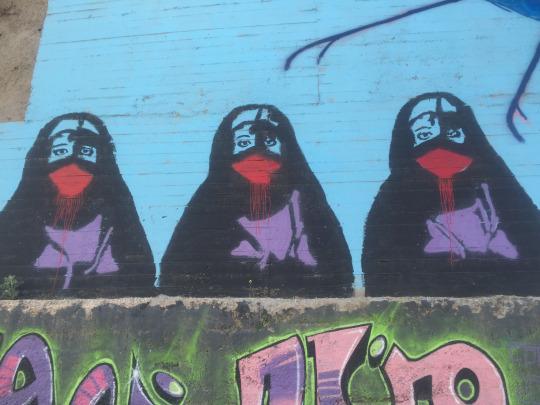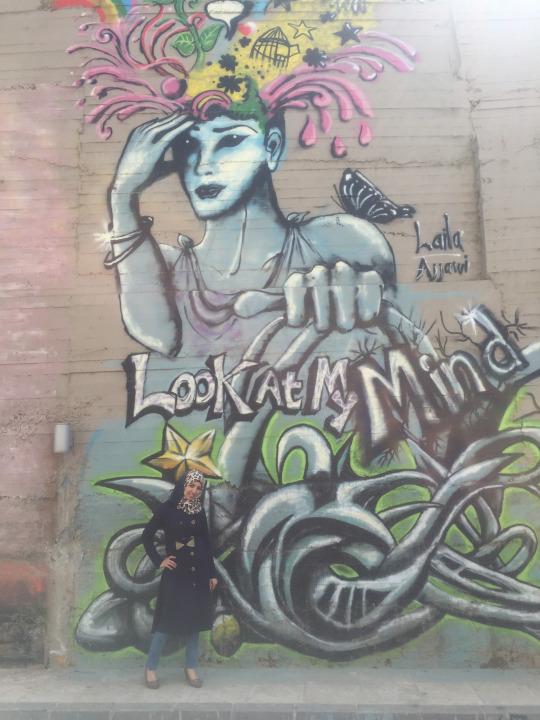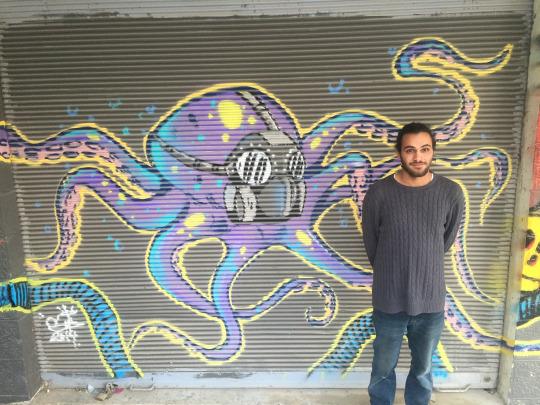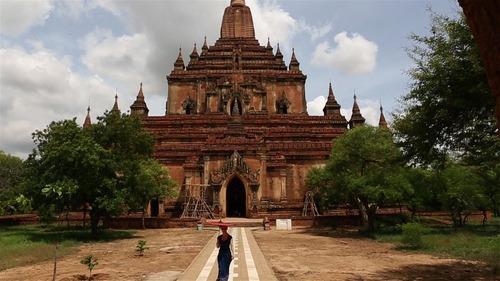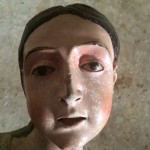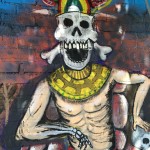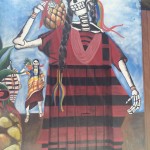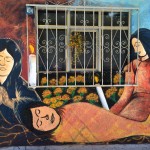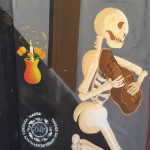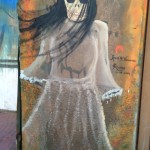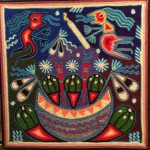
Straight out of Nimrud.
Earlier this Week, ISIS destroyed at 1400 year-old monastery in Mosul, Iraq, but last year they did their most damage – razing the oldest monastery in the country, Mar Behnam and several others – as well as looting the ancient Assyrian towns of Ninevah and Nimrud, cornerstones of human history.
I visited the biblical city of Nimrud in 2011 and it was palpably magical—made even more so because so few people were ever able visit the site—first due to Saddam Hussein’s government and then due to war.
Built in 1274 B.C., it was made the capital of the Assyrian empire in 883 B.C. and a 5 mile long wall was constructed, surrounding the city and palace. Huge Lamassu, large winged beasts with the body of an ox or lion and the heads of men, lined the palace entry and inside were carved scenes of life painted in many colors. Interestingly, along the outer walls, inscriptions were carved including:
- “The palace of cedar, cypress, juniper, boxwood, mulberry, pistachio wood, and tamarisk, for my royal dwelling and for my lordly pleasure for all time, I founded therein. Beasts of the mountains and of the seas, of white limestone and alabaster I fashioned and set them up on its gates.”
- “Silver, gold, lead, copper and iron, the spoil of my hand from the lands which I had brought under my sway, in great quantities I took and placed therein.”
- “Many of the captives I have taken and burned in a fire. Many I took alive; from some I cut off their hands to the wrists, from others I cut off their noses, ears and fingers; I put out the eyes of many of the soldiers. I burned their young men, women and children to death.”
- “I flayed the nobles as many as rebelled; and [I] spread their skins out on the piles.”
And now, it’s gone.
The pictures after the jump are all what once was, and what has now, reportedly been razed to the ground.


